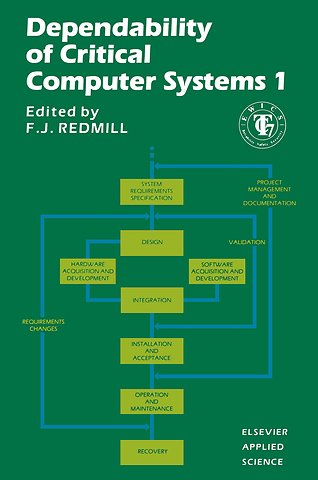Dependability of Critical Computer Systems 1
Paperback Engels 2011 9789401071048Samenvatting
M. CARPENTIER Director General DG XIII, Telecommunications, Information Industries and Innovation of the Commission of the European Communities It is with great pleasure that I introduce and recommend this collection of guidelines produced by EWICS TC7. This Technical Committee has consistently attracted technical experts of high quality from all over Europe and the standard of the Committee's work has reflected this. The Committee has been sponsored by the Commission of the European Communities since 1978. During this period, there has been the opportunity to observe the enthusiasm and dedication in the activities of the group, the expertise and effort invested in its work, the discipline in meeting objectives and the quality of the resulting guidelines. It is no surprise that these guidelines have influenced the work of international standardisation bodies. Now the first six of EWICS TCTs guidelines are being made available as a book. I am convinced that all computer system developers who use them will greatly enhance their chances of achieving quality systems. v Acknowledgements In the preparation of this book, the editoLisgrateful to P. Bishop, G. Covington II, C. Goring, and W. Quirk for their help in editing the guidelines. In addition, he would like to thank S. Bologna, W. Ehrenberger, M. Ould, J. Rata, L. Sintonen and J. Zalewski for reviewing the chapters and providing additional material.
Specificaties
Lezersrecensies
Inhoudsopgave
Rubrieken
- advisering
- algemeen management
- coaching en trainen
- communicatie en media
- economie
- financieel management
- inkoop en logistiek
- internet en social media
- it-management / ict
- juridisch
- leiderschap
- marketing
- mens en maatschappij
- non-profit
- ondernemen
- organisatiekunde
- personal finance
- personeelsmanagement
- persoonlijke effectiviteit
- projectmanagement
- psychologie
- reclame en verkoop
- strategisch management
- verandermanagement
- werk en loopbaan
